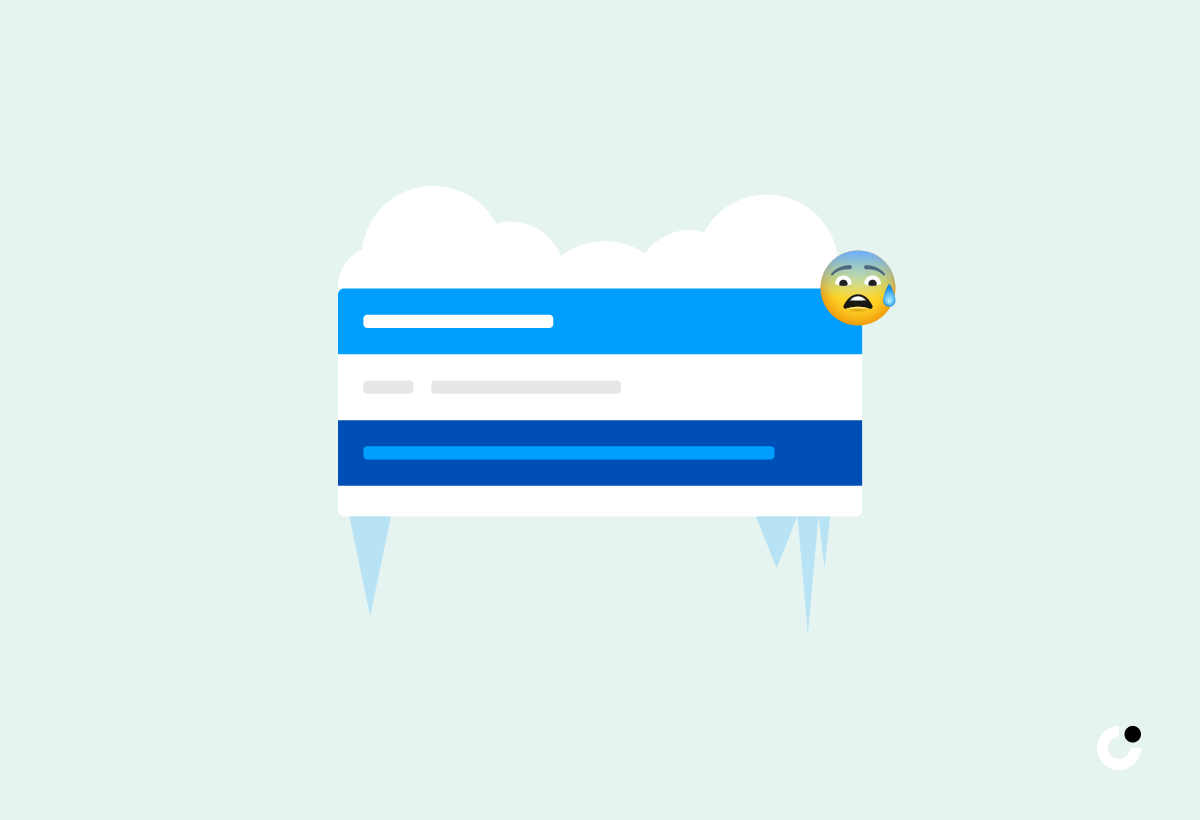Whether you're a seasoned business owner or someone just dipping your toes into entrepreneurship, the fear of reaching out to strangers can be quite a hurdle.
But why does it terrify some people so much?
Let's dig into the psychology behind this fear and discover how you can conquer it.
The Root of the Fear: Criticism
Humans are social creatures.
We crave acceptance and approval.
One of our most deep-seated fears is the 'fear of criticism'.
Imagine sending out an email or making a call to someone who doesn’t know you.
The anxiety that bubbles up isn’t just about the act itself, but the potential for rejection and criticism that follows.
Remember those middle school days when putting your hand up to answer a question felt like a gamble? What if you got it wrong? What if everyone laughed?
Cold outreach triggers a similar response.
It’s like walking into a room full of strangers and shouting your thoughts, hoping someone cares.
The Science Behind It

Our brains are wired to avoid pain.
Rejection, whether perceived or real, activates the same areas of the brain as physical pain.
So, when you're about to hit "send" on that email to a potential client, your brain is essentially warning you: "This could hurt!"
This reaction stems from our evolutionary past.
Early humans depended on group acceptance for survival.
Being ostracized could mean death.
Although today's stakes are not as high, our brains still react as if they are.
Breaking Down the Barrier
How can you overcome this fear?
Here are some practical steps:
1. Shift Your Perspective

Instead of seeing cold outreach as a potential for rejection, view it as an opportunity.
Each email or call is a chance to learn, grow, and create a valuable connection.
Imagine each outreach as planting a seed.
Some might not sprout, but others could grow into fruitful relationships.
2. Prepare and Practice
Preparation can significantly reduce anxiety.
Before you reach out, do your homework.
Know who you're contacting and why they might be interested in what you offer.
The more familiar you are with your pitch, the less scary it becomes.
3. Start Small
Don't dive into the deep end right away.
Start with low-stakes outreach.
Contact someone who is more likely to respond positively, like a friend of a friend.
Build your confidence with these smaller wins before moving on to bigger fish.
Ranked: Best Cold Outreach Tools
Based on real-world tests & campaigns 👨🔬🧪
4. Reframe Rejection
Rejection isn't personal.
It's easy to take a 'no' to heart, but it often has nothing to do with you.
Maybe the person is busy, or they don't need what you're offering right now.
Instead of seeing rejection as a failure, see it as a step closer to finding the right fit.
5. Set Realistic Goals

Don't aim to win everyone over with one email.
Set achievable goals, like sending out a certain number of emails each week or getting a certain number of responses.
This way, you can measure progress and celebrate small victories along the way.
6. Seek Feedback
If you're not getting responses, ask for feedback.
Reach out to a mentor or a peer to review your approach.
Sometimes, an outside perspective can provide valuable insights and help you improve.
You Just Have to Start
Remember, everyone started somewhere.
Even the most successful business owners faced rejection and fear at some point.
The key is that you just have to start.
Expect that you'll get some negative feedback and when it comes, brush it off as part of the game.
Enter: Exposure Therapy

The only proven method to mitigate the fear associated with cold outreach is exposure therapy.
This psychological approach involves gradual and repeated exposure to the fear-inducing activity, thereby reducing anxiety over time.
In the context of cold outreach, consider how repeated practice can systematically desensitize an individual to the associated fears.
Initially, you might begin with less intimidating scenarios, such as reaching out to acquaintances or smaller, less critical contacts.
This incremental approach mirrors the principles of exposure therapy, where the subject gradually confronts their fear in controlled stages.
Scientific studies support this approach.
Repeated exposure can rewire the brain's response to fear stimuli, reducing the intensity of the fear response.
The process involves habituation, where the subject becomes accustomed to the feared activity, and cognitive restructuring, where negative beliefs about the activity are challenged and replaced with more positive, realistic ones.
Practical Steps for Implementing Exposure Therapy
- Gradual Exposure: Start with the least intimidating tasks. For example, send a friendly email to a low-risk contact. Gradually increase the difficulty level as you become more comfortable.
- Consistent Practice: Make cold outreach a regular part of your routine. The more frequently you engage in the activity, the quicker you will acclimate to it.
- Reflect and Adjust: After each outreach attempt, reflect on what went well and what could be improved. Use these insights to refine your approach, making each subsequent attempt less daunting.
- Document Progress: Keep a log of your outreach attempts and the responses you receive. Noting your progress can provide a tangible record of improvement and boost your confidence.
By integrating these steps into your outreach strategy, you can effectively reduce the fear associated with cold outreach.
Final Thoughts
Cold outreach doesn’t have to be scary.
With the right mindset and strategies, you can tackle this fear head-on.
Remember, every 'no' is one step closer to a 'yes'.
So, grab that keyboard and start reaching out.
Fear is natural, but it doesn't have to hold you back.

